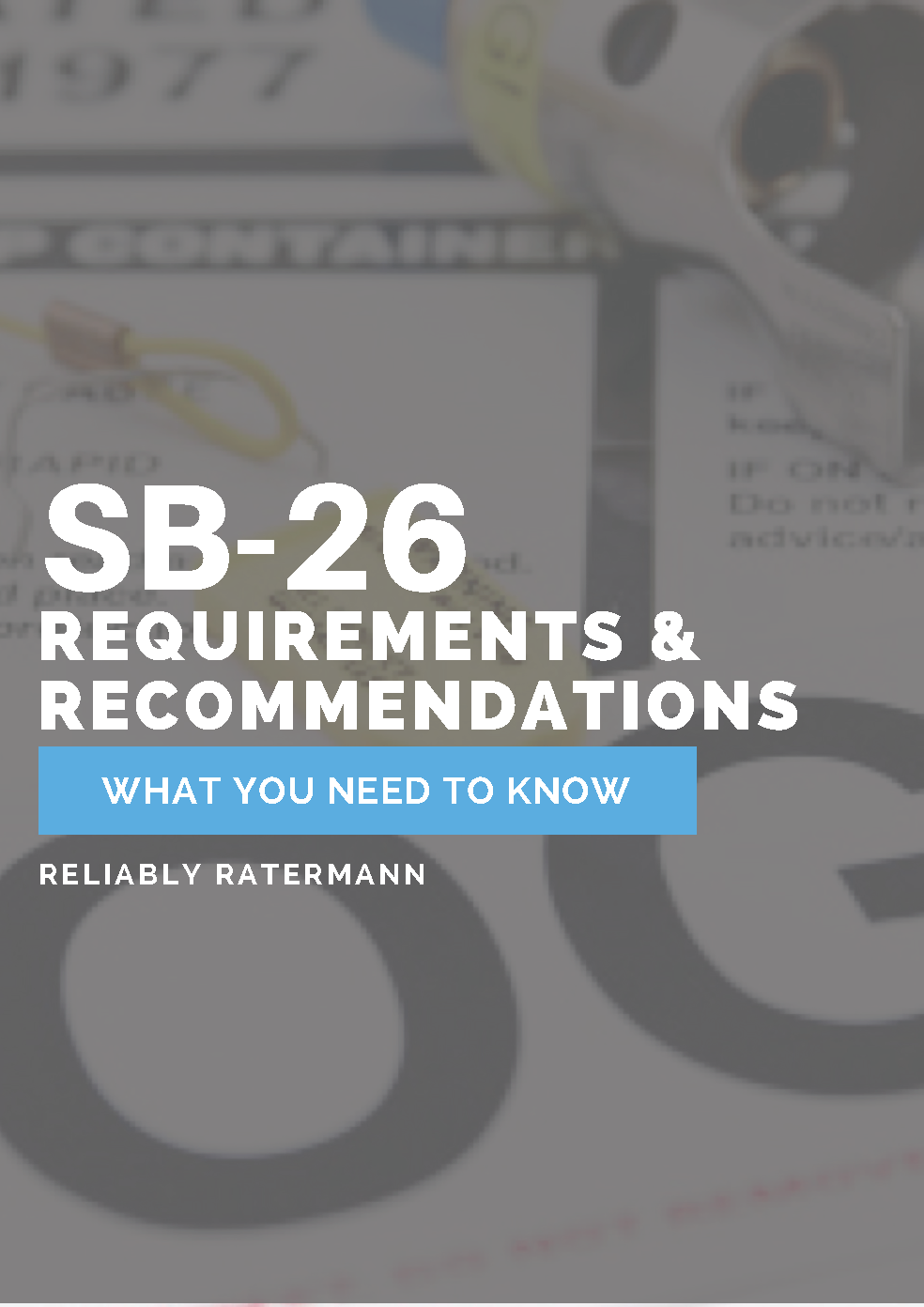Ratermann Learning Center
A hub providing relevant information and updates on industrial gas, cryogenics, and CGA regulations, as well as industry specific solutions for fill plants, beverage distribution and medical gas supplies.

cryogenic equipment | herose | safety
By:
Lance Looper
July 24th, 2024
Every component of a bulk tank is important for its operation, but from a safety standpoint, the single most important part is the diverter assembly. Why? It holds the main ASME pressure relief valves that are crucial for safe tank operation and preventing catastrophic failures. Every tank that Ratermann sells has a Herose diverter assembly included.

Cryogenic Corner | herose | relief valves
By:
Lance Looper
January 31st, 2024
When was the last time you checked your cryogenic safety valves? More than five years ago? 10? Do you even remember?

Refresh your understanding of the critical preventive measures that have been shown to save lives by subscribing to our blog for a free download of our guide: Ratermann's guide to SB-26 & our reccomendations to prevent gas mix-ups.

hydrogen | herose | relief valves
By:
Lance Looper
September 7th, 2023
Hydrogen embrittlement, sometimes called “metal embrittlement,” is a common problem for hydrogen service, and one that can be prevented by choosing properly designed valves for low-temperature hydrogen service. In this blog, we explain what hydrogen embrittlement is and what can be done to prevent it.

By:
Lance Looper
August 24th, 2023
Hydrogen, specifically green hydrogen, is growing in popularity as countries and industries look for climate-friendly energy solutions that reduce reliance on fossil fuels. As demand grows, so does the need for developing a safe, reliable infrastructure that makes that transition more feasible.

cryogenic valves | hydrogen | valves | herose
By:
Lance Looper
July 26th, 2023
As hydrogen continues to increase in popularity, a particular focus is finding valves and components that are tough enough to stand up to hydrogen. By affecting the electrochemical kinetics of certain metals, hydrogen can cause pitting and acceleration of the rate of inter-granular corrosion of high-strength steels, titanium alloys and aluminum alloys, which are the most vulnerable metals. Additionally, the interaction of hydrogen and stress can result in escalated stress-corrosion cracking susceptibility of steel, particularly in welded joints.